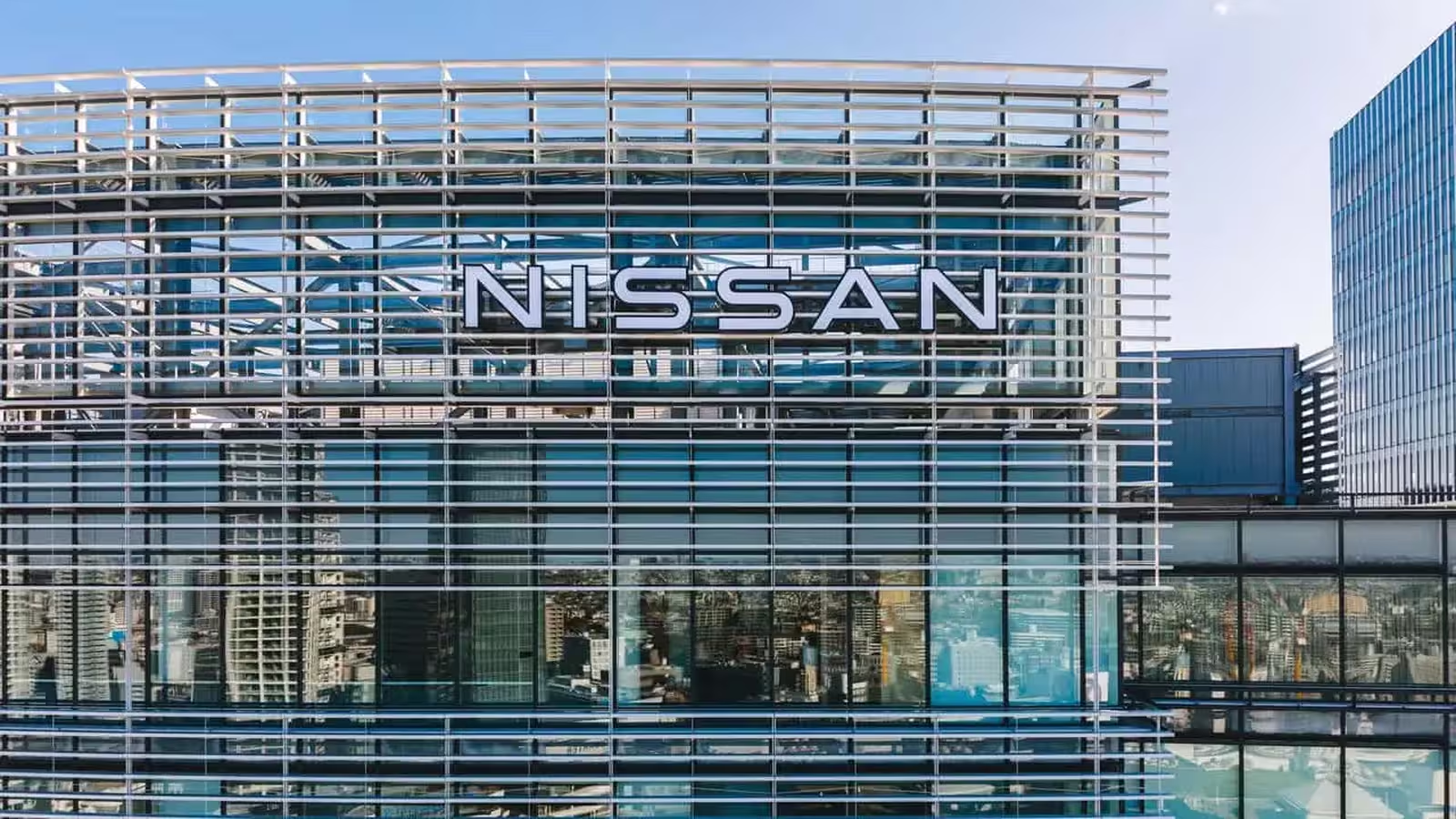3 Minutes
Nissan’s Bold Survival Strategy: Selling Its Iconic Yokohama Headquarters
Facing one of the most challenging periods in its storied history, Nissan Motor Corporation may soon take drastic action to secure its future: selling its global headquarters located in Yokohama’s prestigious Minato-Mirai 21 district. This bold move underscores Nissan’s ongoing struggle to stabilize finances and streamline operations after successive losses and a disrupted automotive market.
Financial Pressures and Cost-Cutting Initiatives
Nissan’s troubles became particularly pronounced after a significant $4.5 billion loss last year, prompting CEO Ivan Espinosa—recently appointed amid the company’s transformation—to announce aggressive asset sales. According to reports from respected Japanese outlets like Nikkei Asia and NHK, Nissan’s striking glass-and-steel HQ, valued at around $700 million (over 100 billion yen), has been earmarked as a possible sale before March 2026. While official confirmation remains pending, selling such an iconic facility signals just how severe Nissan’s cost-cutting measures have become.
Sale-and-Leaseback: A Proven Strategy in Automotive Real Estate
Notably, Nissan may retain its presence in the Yokohama complex through a sale-and-leaseback arrangement—a proven tactic in the automotive industry, previously employed by brands like McLaren with their Woking headquarters. Such deals reduce debts while allowing uninterrupted operation at a core facility.
Global Restructuring: Factory Closures and Workforce Reductions
The potential sale of its headquarters is part of a broader company overhaul. Nissan is closing seven manufacturing plants worldwide, including the notable Oppama and Shonan sites in Japan, with plans to cut approximately 20,000 jobs in the coming years. Significant changes include suspending development of select models and consolidating its global vehicle platforms from thirteen down to just seven—targeting a massive 70% reduction in part complexity and increasing manufacturing efficiency.
Optimizing the Product Lineup: Design and Performance Focus
This streamlined approach allows Nissan to sharpen focus on high-demand models, like the ever-popular Nissan Leaf electric vehicle and robust SUVs such as the X-Trail and Rogue. By optimizing vehicle platforms and harnessing greater synergies with alliance partners like Renault and Mitsubishi, Nissan aims to deliver innovative vehicles without sacrificing quality, performance, or safety.
Leveraging Strategic Partnerships and Global Competitiveness
After a failed merger with Honda, Nissan is doubling down on collaborations. Co-developed models, such as the Micra (Renault 5), will leverage shared technology to ensure fresh offerings reach the marketplace promptly. Increasing cooperation with Mitsubishi is expected to accelerate product development, while ongoing talks with Chinese partner Dongfeng could see underutilized factories rejuvenated with new production contracts.
Market Positioning and the Road Ahead
These transformative actions aim to ensure Nissan remains a global contender, even in uncertain times. By controlling costs, capitalizing on strategic partnerships, and focusing on core strengths in EVs and crossovers, Nissan is positioning itself to compete more effectively against rivals like Toyota, Honda, and emerging electric car manufacturers.
In summary, Nissan’s possible decision to sell its iconic headquarters is not just a real estate transaction—it’s the centerpiece of a sweeping transformation, reflecting the automaker’s determination to survive and thrive in a rapidly evolving automotive landscape.


Comments